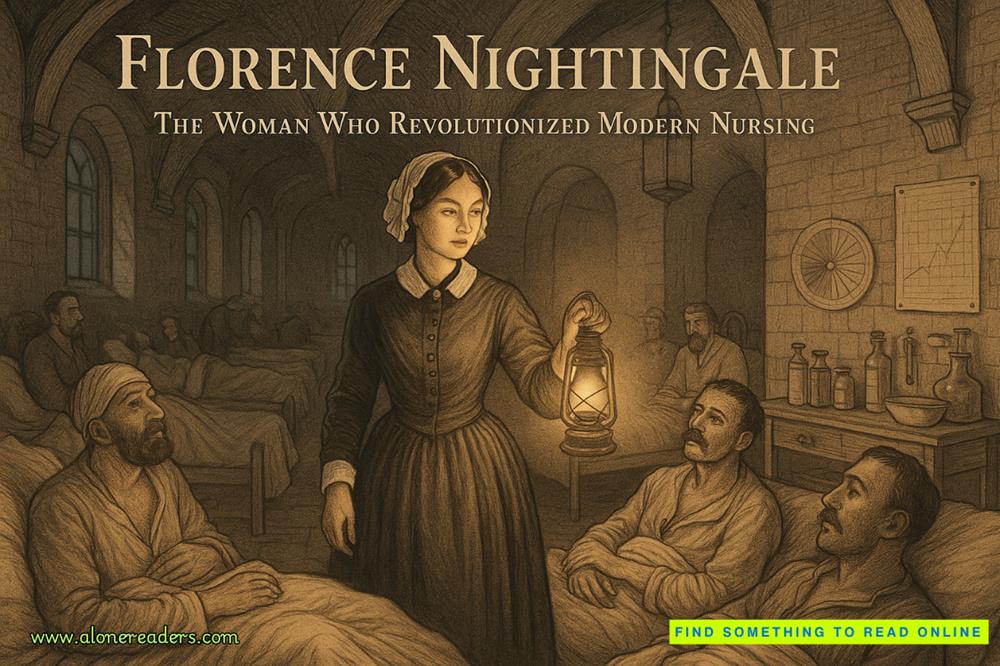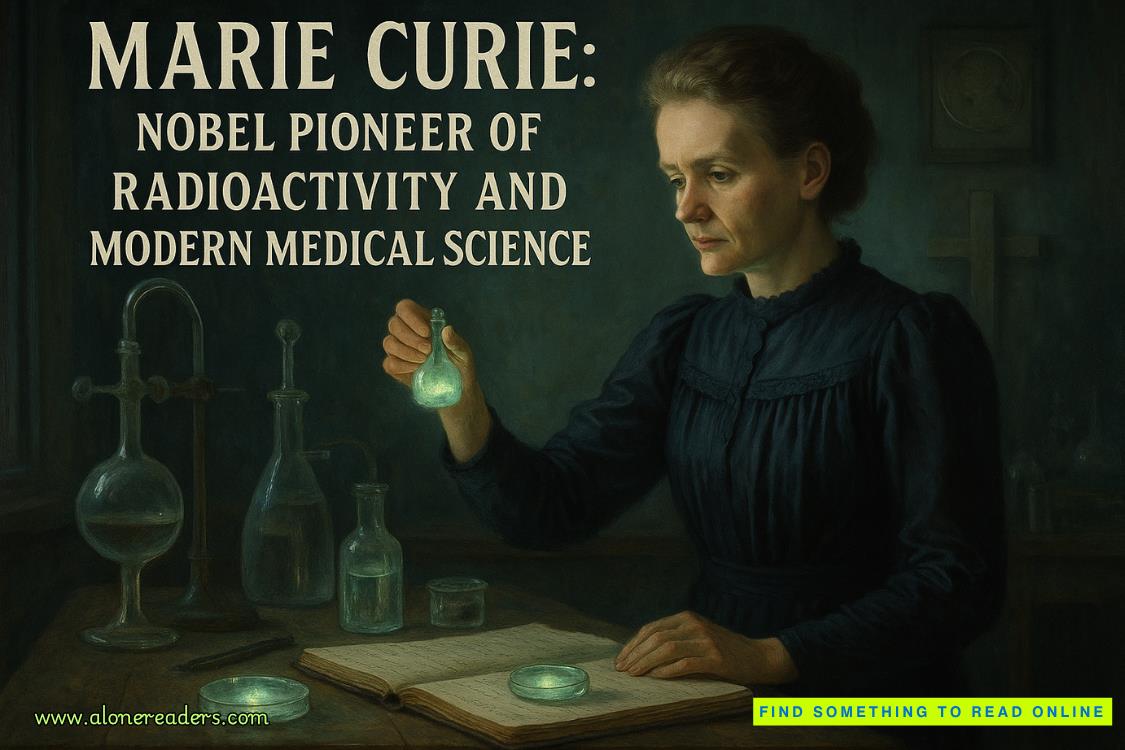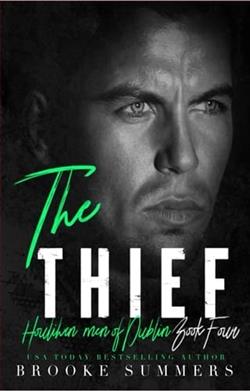Page 96 of Before She Disappeared
CHAPTER 25
Lotham seems over the worst of his tantrum by the time he arrives at Stoney’s. He skewers me with a single glare when I let him in, then stalks over to the booth where Emmanuel remains seated.
I’ve made a second pot of coffee. Wordlessly, I pour out a mug for Lotham. I take a seat next to Emmanuel, while Lotham slides in across from us.
Lotham removes a clear plastic bag from the inside of his charcoal gray sports jacket. A thick stripe of red tape screams EVIDENCE across the top. Lotham doesn’t open the bag, but sets it on the table.
I scan the bag’s contents—a single Massachusetts driver’s license. I remember Emmanuel and me studying the black-and-white photocopy of this same license, used by Angelique at the cybercafé, days ago. The real thing is much more distinct, and will hopefully provide better details.
“No opening the bag, no touching the license, no removing it from my sight,” Lotham states. The rules of engagement, which are important for preserving the chain of custody.
Emmanuel nods. His young face is once again deadly serious as he picks up the bag, peers at the front of the ID, then flips it over to study the back.
The picture is of a young African American female, black hair scraped back from her face in a tight ponytail. Dark brows, dark eyes, full face, much more heavily made up than I would’ve imagined, while huge beaded earrings provide further distraction. Mostly, I notice her eyes. They don’t gaze ahead with the deer-in-headlights stare of so many official IDs but seem to peer straight into the viewer. They radiate intelligence.
“This is my sister,” Emmanuel confirms. “But... I’ve never seen her with this jewelry. And... LiLi hardly ever wore makeup. It’s her, but different.”
“We see that often in fakes,” Lotham says. “Tricks for making the subject appear older, or to obscure her real features. On this license, Angelique is supposed to be Tamara Levesque, age twenty-one.”
Emmanuel cocks his head to the side. “She used this license to post her class essay. But why Tamara Levesque? That name means nothing to me.”
“Do you know how to check an ID to tell if it’s fake?” Lotham asks him presently.
“No, sir.”
“This is modeled after the current Massachusetts driver’s license, which involves a fairly sophisticated design. Not as high-tech as the Real IDs now required for airport security, but still, no joke. So here’s what to look for. First off, feel the weight of it. Genuine licenses are high quality, decent weight, nearly impossible to bend. Try it.”
Emmanuel fingers the license through the plastic bag. Experimentally, he squeezes the ends together. Nothing.
“In other words,” Lotham continues, “the initial structure is solid. That’s some skill right there. Now run your finger along the printing. Should be slightly raised. It’s a specialized laser technique.”
Emmanuel frowns. “I can’t feel it well enough through the bag.”
“Then trust me to tell you, they got that right, too. Which brings us to the more difficult elements. You see the watermark of the golden dome from the State House? Then we get to the embedded image of the state bird and state flower.”
Peering from across the table, I interject. “Wait, is that the brown blob in the middle? I thought that was a dragon.”
“It’s a chickadee.”
“Huh.”
Lotham gives me a look. “The hologram is off, not a true hologram if you hold it up to the light. Instead, they’ve created a visual illusion done with particularly bright inks. I’ve seen this approach before. Also, under blue light, several things should appear on a real license. But the producers substituted reflective dyes for the proper UV ink in this model. All in all, I’d consider this a drinking-class license, so to speak, not flying-class.”
Emmanuel nods.
“Now this is the part that’s interesting. Final significant feature, the bar code. Upon scanning, it should verify the info already shown on the licenses. Plenty of fakes show a bar code, but it’s nothing but garbage. This bar code is genuine. Which is a decent accomplishment. Whoever made this put a lot of care and technology into it. A few more iterations, and maybe flying-class would be within reach.”
Emmanuel nods. I’m desperate to get my hands on the piece, but Emmanuel’s still clutching the ID in a way that speaks of more than an academic interest. This is the last thing his sister touched. One more tiny link to her. He’s not going to set it down anytime soon.
“Which brings us to the information on the ID itself,” Lotham states. “Name, address, date of birth. Best practice is to keep the user’s day and month of birth, just change the year. That way, when a suspicious bouncer asks questions, the holder can rattle off the correct answer off the top of his or her head. Knowing your sister’s info, I can already tell you that’s not true. Look. Does the date of birth mean anything to you? Code? Another cry for help? Something.”
Emmanuel’s eyes widen. “That is our mother’s birthday!” he blurts out. “But... why? As you say, just changing the year would be easier.”
“I was hoping you could tell me.”
But Emmanuel doesn’t have an answer.
“Okay, next few lines. Height, weight, eye color. Anything jump out at you?”















